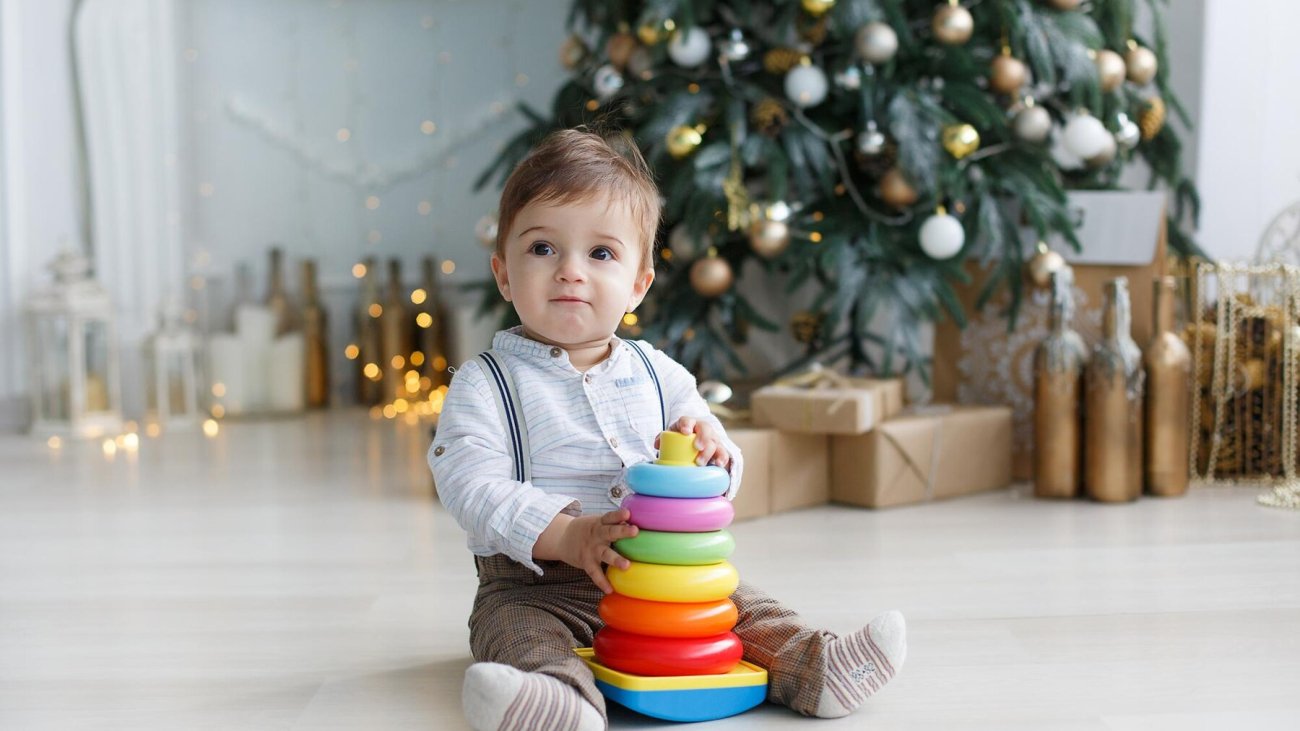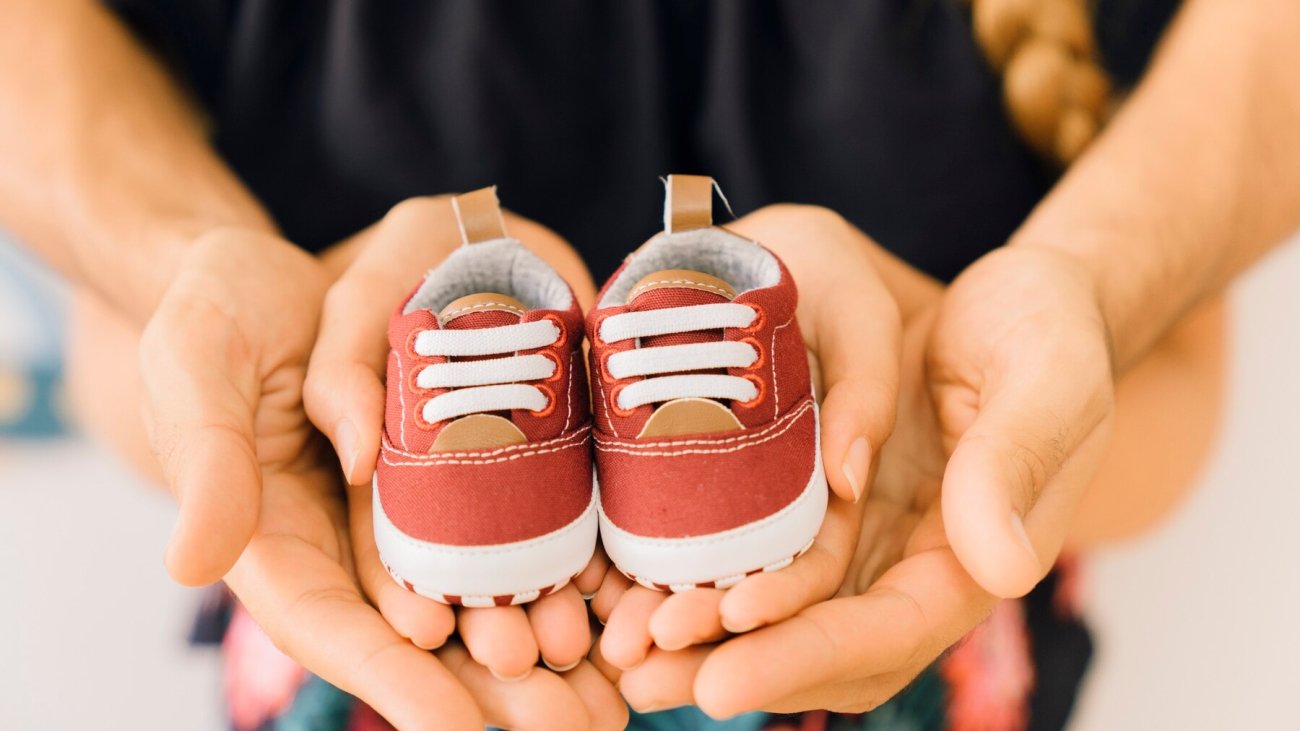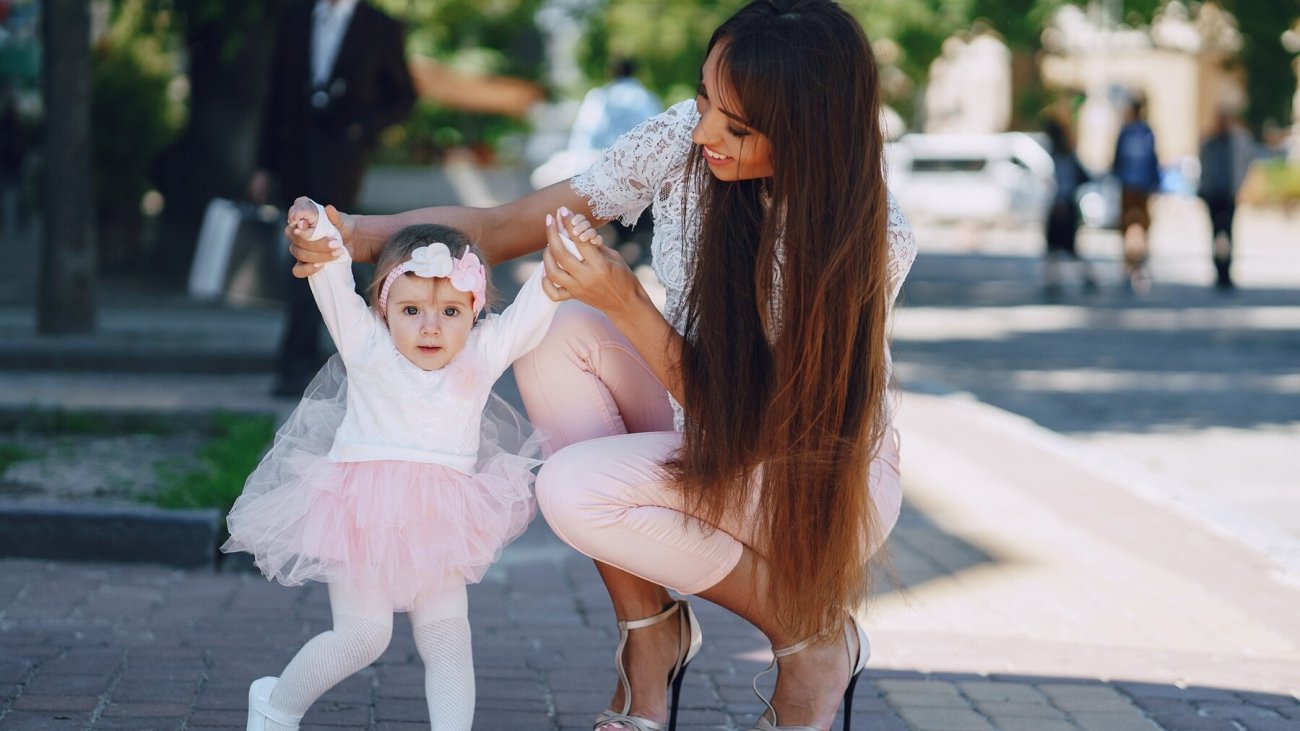
Fun and Educational Baby Toys for Engaging Playtime
Playtime is an essential part of a baby’s development. During these early stages of life, babies learn through play, exploring the world around them while building vital cognitive, motor, and sensory skills. The right toys can make this experience even more enjoyable and impactful by offering fun and educational opportunities for growth. In this article, we’ll dive into a selection of fun and educational baby toys designed to promote engaging playtime, supporting both learning and development from infancy through the toddler years.
The Importance of Educational Baby Toys
Educational baby toys aren’t just about keeping your little one entertained; they’re tools that help shape their developmental journey. From enhancing motor skills to improving cognitive abilities, the right toys can offer a broad range of benefits:
- Cognitive Development: Toys that encourage problem-solving, critical thinking, and memory retention can aid in developing a baby’s cognitive abilities.
- Motor Skills: Grasping, holding, and manipulating toys help babies improve both fine and gross motor skills.
- Sensory Exploration: Toys that stimulate senses through touch, sound, and color help babies understand the world around them.
- Social and Emotional Development: Interactive toys can promote bonding, build empathy, and encourage early social skills.
Choosing the Right Educational Toys
Selecting the right educational toys for your baby involves considering their age, interests, and developmental stage. For younger babies, simple toys that engage the senses are best, while older infants and toddlers benefit from toys that introduce problem-solving, creativity, and more complex skills. Here’s a breakdown of age-appropriate educational toys for various stages:
1. Newborn to 3 Months: Sensory Exploration and Early Learning
During the first few months, babies are primarily exploring their senses. They respond to bright colors, contrasting patterns, and gentle sounds. The toys you choose should focus on stimulating their vision, hearing, and touch.
Recommended Toys:
- Black and White Contrast Toys: Newborns are attracted to high-contrast colors like black and white. Simple toys, such as soft blocks or cards with bold patterns, can captivate their attention while strengthening their visual development.
- Soft Rattles and Wrist/Foot Finders: These toys help babies discover cause and effect by shaking rattles or watching wrist and foot finders move. The gentle sounds and movements help develop auditory and visual tracking skills.
- Tummy Time Mats: Tummy time is essential for strengthening neck, back, and shoulder muscles. Activity mats with mirrors, textures, and colorful designs provide stimulation while encouraging babies to lift their heads.
2. 3 to 6 Months: Grasping, Reaching, and Beginning Interaction
At this stage, babies are beginning to reach, grasp, and explore objects with their hands. Toys that are easy to hold and encourage interaction become more important.
Recommended Toys:
- Teething Toys: As babies begin teething, they seek out toys they can chew on to relieve discomfort. Choose BPA-free, textured teethers made from safe, baby-friendly materials.
- Soft Activity Balls: Soft, squeezable balls with different textures, colors, and sounds encourage grasping, rolling, and transferring from one hand to the other. These activities promote hand-eye coordination and motor skills.
- Crinkle Books and Fabric Toys: Babies love the crinkling sound these toys make when squeezed. Crinkle books with colorful images and simple stories also help with early language development.
3. 6 to 9 Months: Sitting, Crawling, and Increased Curiosity
As babies become more mobile and curious, they need toys that encourage exploration and movement. This is the perfect time to introduce toys that challenge their problem-solving skills and keep them engaged.
Recommended Toys:
- Stacking Rings and Cups: Classic stacking toys are excellent for hand-eye coordination and spatial awareness. Babies enjoy learning how to stack and knock down rings or cups, and these toys also introduce concepts like size and order.
- Activity Centers and Push Toys: Toys that feature buttons, levers, and spinning parts help develop fine motor skills while introducing cause and effect. Push toys encourage crawling or early walking by offering stability and promoting balance.
- Interactive Plush Toys: Plush toys that sing, talk, or play music when pressed are favorites at this stage. They can teach early words, songs, and numbers while offering comfort and companionship.
4. 9 to 12 Months: Early Mobility and Problem-Solving
By this age, many babies are starting to stand, cruise, and even take their first steps. Toys that encourage movement and problem-solving are perfect for this stage.
Recommended Toys:
- Shape Sorters: Shape sorters are classic educational toys that teach shape recognition, hand-eye coordination, and problem-solving. Babies learn to match shapes to the correct holes, a task that challenges their thinking and fine motor skills.
- Musical Instruments: Toys like baby drums, xylophones, and shakers allow babies to explore sounds and rhythm. Musical play can help with auditory development and encourage creative expression.
- Ride-On Toys: For babies who are beginning to walk, ride-on toys provide a fun way to practice balance and coordination. Look for stable designs with handles that they can hold onto as they scoot around.
5. 12 to 18 Months: Walking, Imitating, and Independent Play
As toddlers gain more independence, they start imitating adult behavior and engaging in imaginative play. Educational toys at this stage should support their growing curiosity and creativity.
Recommended Toys:
- Pretend Play Sets: Toys like kitchen sets, toolkits, and baby dolls allow toddlers to mimic adult activities. Pretend play fosters creativity, social skills, and problem-solving as they engage in role-playing scenarios.
- Building Blocks: Simple wooden or plastic blocks are versatile tools for creativity and problem-solving. Toddlers can stack, sort, and build, helping to develop spatial awareness, fine motor skills, and critical thinking.
- Pull-Along Toys: Toddlers enjoy pulling toys that follow them around as they walk. These toys encourage balance and coordination while promoting movement and exploration.
6. 18 to 24 Months: Language Development and Creativity
At this stage, toddlers are rapidly expanding their vocabulary and enjoy expressing themselves through language and creative play. Educational toys that focus on language development, creativity, and problem-solving are ideal.
Recommended Toys:
- Interactive Books: Books that feature buttons, flaps, and textures keep toddlers engaged while encouraging language development. Choose books with simple stories and interactive elements that make reading fun.
- Art Supplies: Toddler-safe crayons, markers, and paint sets allow little ones to explore their creativity while developing fine motor skills. Art activities also help with color recognition and imaginative expression.
- Puzzles: Simple puzzles with large pieces introduce problem-solving skills and improve hand-eye coordination. Look for puzzles that feature familiar objects, animals, or numbers.
7. 2 to 3 Years: Imaginative Play and Early Learning
As your child moves into the preschool years, their playtime becomes more complex and imaginative. Educational toys that promote creativity, early learning, and social interaction are perfect for this stage.
Recommended Toys:
- Building Sets: More advanced building toys like magnetic blocks, Lego Duplo sets, or interlocking gears encourage creativity and critical thinking. These toys challenge toddlers to build, design, and problem-solve.
- Pretend Play Sets with Accessories: Toys like doctor kits, grocery store sets, or dress-up clothes allow toddlers to fully immerse themselves in imaginative scenarios. Pretend play at this stage supports social skills, creativity, and early role understanding.
- Learning Toys: Toys that introduce letters, numbers, colors, and shapes through interactive play are excellent for early learning. Look for educational tablets, talking posters, or sorting games that make learning engaging and fun.
The Role of Play in a Child’s Development
Play is the foundation of early learning, and educational toys provide the tools that make playtime both enjoyable and beneficial. As your child grows, their playtime evolves from sensory exploration to creative problem-solving and imaginative play. The best educational toys grow with your child, adapting to their changing needs and interests while promoting developmental milestones.
Tips for Choosing Educational Baby Toys
With so many options available, selecting the right toys for your baby can be overwhelming. Here are a few tips to keep in mind:
- Age Appropriateness: Always choose toys that match your child’s age and developmental stage. Toys that are too advanced may be frustrating, while those that are too simple may not hold their interest.
- Safety First: Ensure that all toys are made from safe, non-toxic materials and have no small parts that could pose a choking hazard.
- Versatility: Look for toys that offer multiple ways to play. Versatile toys can adapt as your child grows, providing ongoing value and engagement.
- Educational Value: While all play has benefits, choosing toys with specific educational goals—like problem-solving, language development, or motor skills—can enhance your child’s learning experience.
Making Playtime Fun and Educational
The journey from infancy to toddlerhood is filled with rapid growth and development, and the right toys can make a world of difference in your child’s learning experience. By providing toys that are both fun and educational, you can foster your baby’s cognitive, motor, and sensory skills while creating joyful memories during playtime. From rattles and teething toys to building blocks and imaginative play sets, each stage of your baby’s growth presents new opportunities for learning and discovery.
Whether you’re shopping for your own child or looking for the perfect gift, choosing engaging, age-appropriate educational toys is an investment in their development. So, dive into the world of fun and educational baby toys, and watch your little one thrive as they explore, learn, and play!






